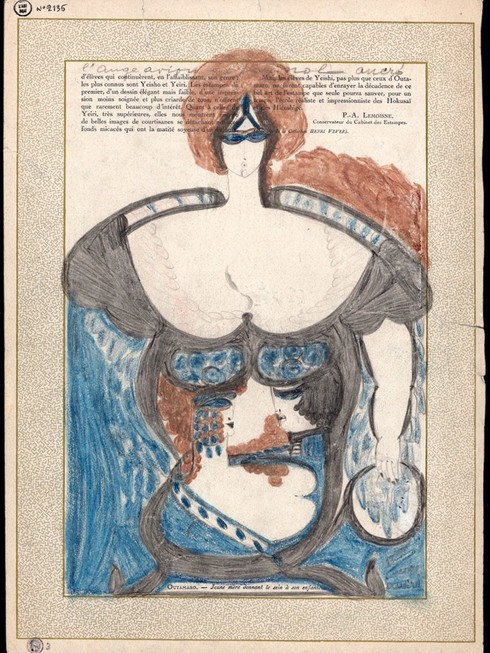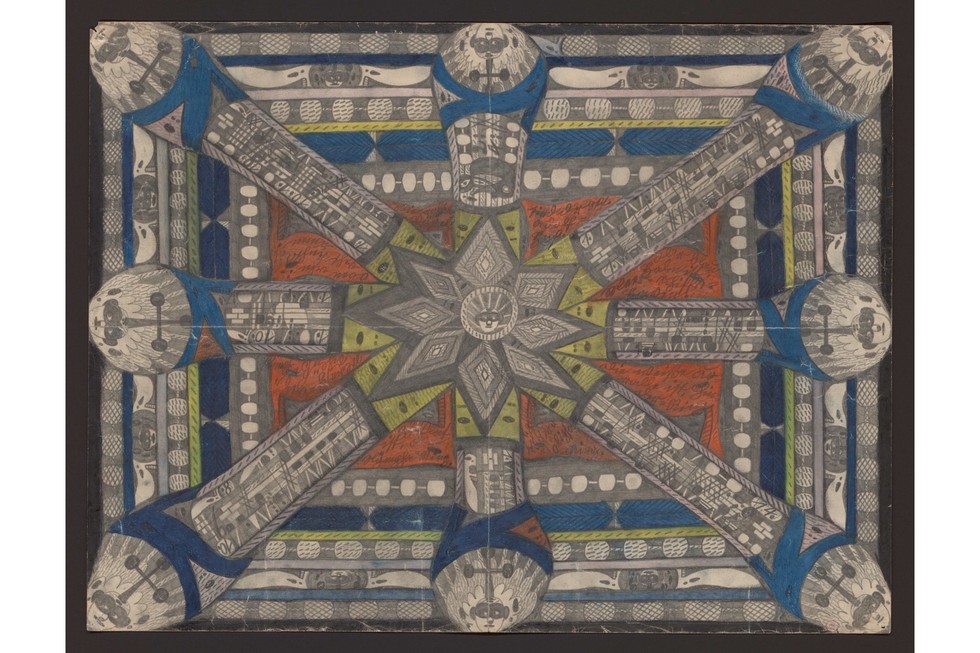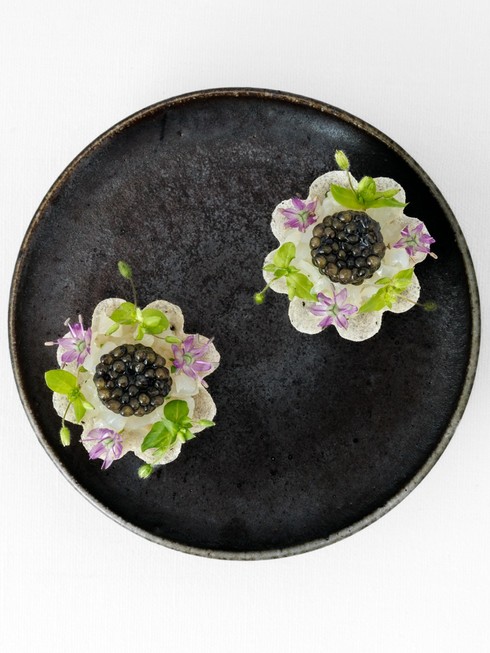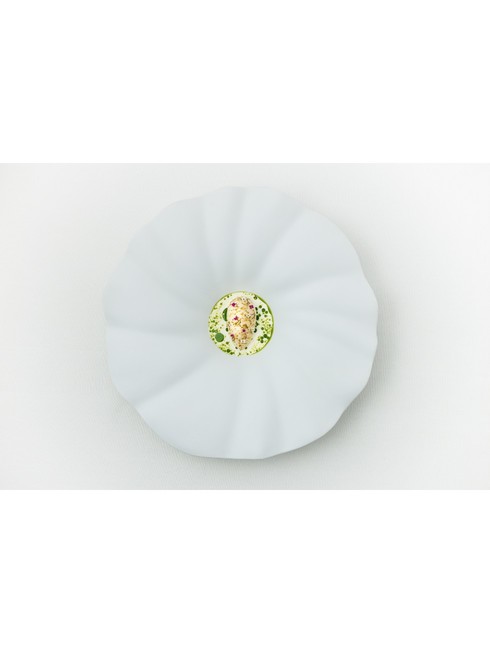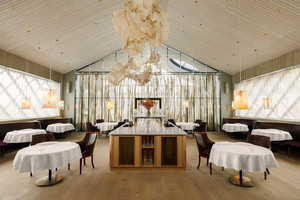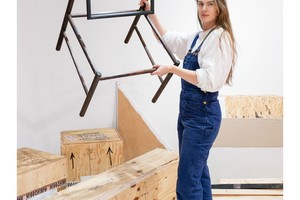Ellen Hedin, a Swedish furniture designer, goes beyond the boundaries between functionality and artistry through her innovative use of materials and keen eye for contrasts. Ellen's discernible penchant for contrasts manifests in her material selection, underscoring her profound affinity for the natural world. Her oeuvre serves as a conduit for elevating mundane existence into art, extracting the inherent magic permeating our daily lives. Through the infusion of organic elements into her pieces, she beckons viewers to contemplate the intricate interplay between materiality and life itself.
- I am like a magpie, I collect things that stir something within me. Then the stick, the shell, or the deer skull can lie dormant, waiting for me, until suddenly one morning I wake up with an idea and understand how they fit together and how they should be used. I believe that all materials have an inherent history; it's just about bringing them out, getting them to speak. Wood, steel, and bone can bear the memory of places, processes, and people.
Ellen intricately weaves together the realms of function and sculpture in her furniture, acknowledging the inherent fusion within the broader artistic landscape. While she strives to create pieces that are either purely sculptural or purely utilitarian, her creations often embody a harmonious synthesis of both domains:
- My hope is that people can recognize themselves in both a kind of melancholy but also in a romantic, somewhat mystical image of the world in my furniture. Someone once said that my furniture is more like artefacts than furniture, I thought that was a nice description but for me, functionality is also important, I believe it deepens the connection. My furniture is both charged and to some extent also alive, it's direct, both in the design and in the expression,” she shares.
Through her work, she emphasises the vital role of human interaction, whether her pieces adorn domestic spaces or grace the walls of gallery exhibitions. This emphasis underscores the intrinsic value of functionality in her artistic practice, enriching the viewer's experience with each encounter. One of Ellen's most captivating creations, “Tell,” stands as a testament to her fervent storytelling and material exploration. Drawing inspiration from the rich tapestry of Swedish tradition, particularly the practice of divination with molten tin, this cabinet serves as a vessel for her personal narratives and cherished memories.
- Tell was born on New Year's Eve a few years ago. We predicted the upcoming year in tin. Naturally, I poured in the most tin and received the biggest prophecy of all. While everyone else was busy analysing their predictions, I had already begun to contemplate how I could use my prickly, fragile, yet also sharp and heavy lump of tin. Sometimes I have an almost childlike delight in certain things; this prophecy felt awe-inspiring, as if it carried a kind of meaning I couldn't grasp.
Within the intricate design of “Tell,” elements of childhood wonder, familial bond, profound narrative depth:
- It wasn't until I felled a tree for the first time some months later on my father's farm in Färingsö outside Stockholm that I felt the same sensation again. I then understood that the large log I had felled was connected to the tin casting, that the materials were speaking to each other and were meant to be together.
Beyond her individual artistic pursuits, Ellen is also an integral part of Misschiefs, where she maintains her studio:
- Misschiefs has provided me with a sense of community and a studio, which allows me to focus on my artistic work and learn a great deal from all the incredible people in the studio. It's a safe space and a secure environment, which means I don't need to worry as much about what others think or spend so much time trying to fit in,” Ellen shares. “I get to be myself at Misschiefs, and that has made me braver.
Each artefact crafted by Ellen embodies a unique saga, inviting viewers to embark on a journey through the intricate nexus of materiality, functionality, and artistic ingenuity. Her avant-garde approach to material manipulation and meticulous attention to detail continually push the boundaries of traditional furniture design. In doing so, Ellen blurs the dichotomy between form and function, sculpture and utility, challenging conventions and inviting a reevaluation of the relationship between art and everyday life.

